- Shop Now
- Burncoose Specialities
- This Month
- Offers & Promotions
- RHS Chelsea Flower Show 2024
- 40 years at Burncoose
- Engage With Us
- Information, Help & Advice
- About Us & Our Services
- Terms & Conditions
- Log In / Register
PRIMULA
Symbols of spring, prima rosa, appearing in the UK in woodlands, hedgebanks and grassy places and originating mainly in the northern hemisphere with almost half of species coming from the Himalayas.
Genus of about 400 species of mainly herbaceous perennials, some woody based and evergreen.
In groups of upright candelabras, the very diverse primrose/polyantha and the auriculas which include those with centres of white meal displayed as show auriculas.
Represented in the UK by the common P. vulgaris, the cowslip, P. veris (which makes a potent wine), a hybrid between them, false oxlip and the true oxlip. P. elatoir existing in a small area of boulder clay in East Anglia.
Around Yorkshire and Cumbria in damp, peaty places P. farinosa, the bird's-eye primrose grows and to the north on the north and north-west coast of Scotland the similar P. scotica is native.
-
HerbaceousEarly in the year, typically January till end of March, herbaceous plants might be supplied in 9cm pots to ensure timely despatch.
-
Additional Features
 Good to knowGrown for attractive flower form, salverform (as common primrose) or tubular, bell-shaped or funnel-shaped. CANDELABRAS are robust herbaceous perennials with several whorls of flowers in tiers on tall, sturdy stems.
Good to knowGrown for attractive flower form, salverform (as common primrose) or tubular, bell-shaped or funnel-shaped. CANDELABRAS are robust herbaceous perennials with several whorls of flowers in tiers on tall, sturdy stems. Place of originFound widely in the northern hemisphere.
Place of originFound widely in the northern hemisphere.
- Dividing Herbaceous Perennials - Video Tip ondemand_video
- Spring Planting Osteospermums - Video Tip ondemand_video
- Dividing Summer Perennials - Video Tip ondemand_video
- Dividing summer flowering Hemerocallis - Video Tip ondemand_video
- Summer propagation - Video Tip ondemand_video
- Self-seeding aquilegia - Video Tip ondemand_video
- Supporting Plants - Video Tip ondemand_video
- Dead heading meconopsis - Video Tip ondemand_video
- Dead heading Delphiniums - Video Tip ondemand_video
- Feeding herbaceous peonies - Video Tip ondemand_video
- Overpotting Problems - Video Tip ondemand_video
Buy Varieties of PRIMULA
CANDELABRA TYPES


PRIMULA beesiana
shades of lilac-purple

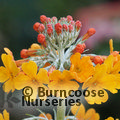
PRIMULA bulleyana
red buds opening orange

PRIMULA japonica 'Apple Blossom'
light pink


PRIMULA japonica 'Miller's Crimson'
red


PRIMULA japonica 'Postford White'
white


PRIMULA pulverulenta
magenta pink

PRIMULA 'Harlow Carr'
OTHER PRIMULAS

PRIMULA capitata
purple-blue flowers on silvery white stems, late spring to early autumn

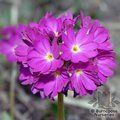
PRIMULA denticulata
lilac-purple drum-stick primula
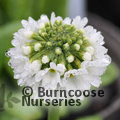
PRIMULA denticulata alba
good white form

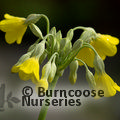
PRIMULA florindae
late flowering, canary-yellow, scented


PRIMULA veris
variable yellow flowers


PRIMULA vialli
lilac poker-like flowers, red in bud

PRIMULA vialli 'Alison Holland'
spikes of white flowers


PRIMULA vulgaris
fragrant pale yellow flowers
Useful extras...








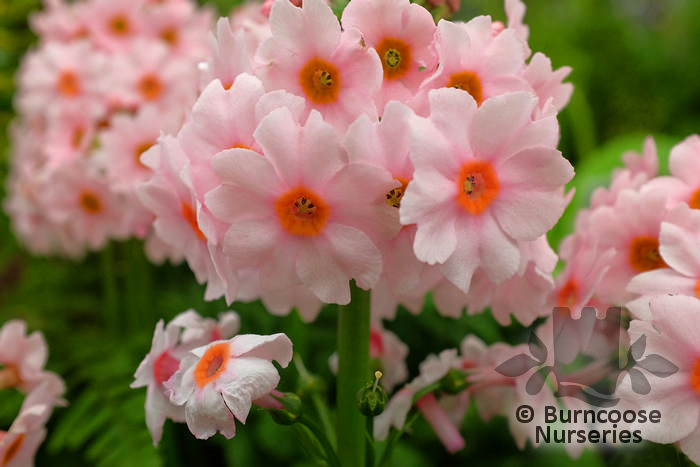







 Free delivery
Free delivery
 Gift-wrapping available
Gift-wrapping available




